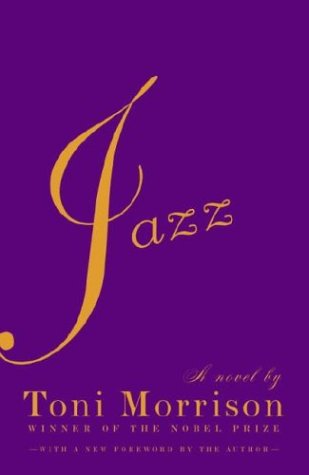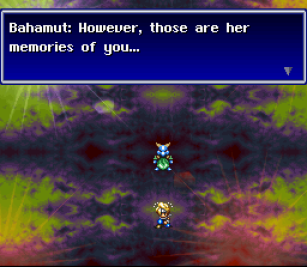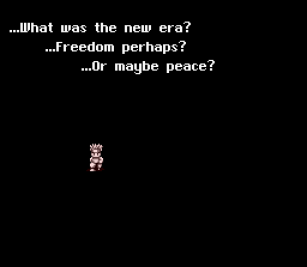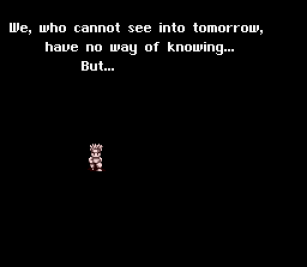Ever since I briefly wrote about the game several months ago (practically an eternity) I wanted to spend more time with my interpretation of Bahamut Lagoon, a SNES-era strategy rpg from the makers of Final Fantasy. Not everyone agrees with my interpretation of this game, and that is fine. We’re talking about an old, old Super Nintendo game for one thing. Its not going to be super complicated and that leaves lots of room for interpretation. Not only that, but games are an art form that can be very good at moving between poetry and prose, expression and description, and create experiences that are defined much by the players. Two players can experience a game and walk away with completely opposing stories or critiques, and both be true.
This isn’t to say that every interpretation is going to be equally valid or persuasive in all contexts of course, but I feel like there are many games that, not always by design, leave room for multiple players to hold contrary truths about them. I feel like what is important about all art is less the work itself, but rather what expression and actions the work invokes in the artist and audience. To quote the Buddha, “I must state clearly that my teaching is a method to experience reality and not reality itself, just as a finger pointing at the moon is not the moon itself. A thinking person makes use of the finger to see the moon. A person who only looks at the finger and mistakes it for the moon will never see the real moon.” Now I don’t know nothin’ much ’bout religion, but that does sound to me like an excellent way to describe what I’m talking about in art. Too often, conversations about art and media bog down into arguments or praise over the finger, and the moon itself is completely ignored. Art indicates ideas because of the creators and viewers, as well as the intention they place into it. Kill the player, kill the author, kill the Buddha, it all comes down to choosing which perspective to examine the work. Bahamut Lagoon, possibly due to the limitations of the SNES, the rpg genre and the fan translation, feels like a game that is pointing to multiple expressions and experiences.
As I have said before, I believe Bahamut Lagoon can be seen pulling a subversive switch on the player. Byuu is the expected star and is everything a generic, escapist rpg hero should be: silent, strong, beloved by everyone and male. After the introduction scene, when your comrades in arms are gathering to begin their glorious rebellion against the bad guys, Byuu is literally reintroduced to the story with fourth wall-breaking spotlights and confetti. The game wants you to know: your little avatar is a beloved badass and everyone is pinning their hopes on you. Meanwhile the princess waiting to be rescued is consistently referred to as weak, dull and worthless as anything but arm candy. But slowly this changes. More and more, Byuu is left out of the decision-making meetings and agendas while Princess Yoyo becomes more and more active. She rejects your shallow childhood romance and takes on her own lover, and while your troops are still friendly none of them seem as invested in you as they were at the start. They have their own lives, interests and loves, and you only get to watch. Bahamut Lagoon feels almost lonely at some of the later portions of the game, despite its huge cast. Yoyo gets the best lines, the most character development and ultimately the power to change the world. Byuu follows orders, he doesn’t make them or have any real sway over those who do. By the end, he might as well be generic soldier number 5 for all his narrative relevance (ok, Byuu still has great attacks and is your view into this story, but its still a step down from “number-one badass destined to lead everyone and hook up with a princess”).
But what is really interesting is that the game may, in fact, be pulling another switcheroo on the player. To explain what I mean I’ll need to first describe the novel that gave me this idea. Jazz, by Toni Morrison, opens with an already solved murder with no mystery, but it ends with a mystery that cannot be solved easily within the novel: the identity of the narrator. At times the narrator feel like a gossiping neighbor, full of secondhand knowledge of the characters and neighborhood, other times they feel like multitude of views and voices riffing on a central theme, like the members of a band becoming one sound. Other times it felt more like the voice of the city itself, some otherworldly spectator of the action. At any rate, the narrator felt removed from me, not a true character but different lens of hearing this story. Then, suddenly, the novel shatters that idea.
“I ought to get out of this place. Avoid the window; leave the hole I cut through the door to get in lives instead of having one of my own. It was loving the City that distracted me and gave me ideas. Made me think I could speak its loud voice and make that sound sound human. I missed the people altogether”
The narrator doubts her own ability to narrate. The characters don’t react as they thought they would. The narrator focused so much on the expectations and tropes that they couldn’t see the characters as they were. The murder was no mystery, but the narrator didn’t actually know all the angles or motivations because every death and every life is unique. As much as they wanted to, the narrator is unable to use the pain of these characters to make any sense of their own pain or their own world. Suddenly, the reader realizes that this narrator IS a character, that they have not just been reading a story but having it told to them by someone. Someone in pain, conflicted, and still unidentified.
“I can’t tell anyone that I have been waiting for this all my life and that being chosen to wait is the reason I can. If I were able I’d say it. Say make me, remake me. You are free to do it and I am free to let you because look, look. Look where your hands are. Now.”
The novel ends with the narrator calling to us, asking us to make them a character rather than simply a narrator, to change them from a trope to a human. Where are my hands now? Holding the book (or the tablet, whatever). We are asked to engage in an active relationship with the story and, more importantly, with its teller. In a sense, the entire novel is itself merely setting the reader up identify the narrator and then tell a new story. The real story Morrison has created doesn’t even exist within the novel, but within our relationship with the novel.
Could Bahamut Lagoon be doing the same thing? Could the story not only subvert our expectations as to who the story is about once, but twice? Byuu is pushed further and further away from the narrative. By the end, he even spends most of the important scenes away from the others, merely watching. In the ending, the characters crowd around Yoyo to watch her wrestle with dark gods and absorb their souls into her mind, while Byuu sits alone near the bottom of the screen. Who IS Byuu? Not the hero. Not who we thought he was. Not who he thought he was. And yet, he is someone. He was there the whole game. Every event in the game would have effected him.
The last words of the dragon god, long after Yoyo’s important battle is over, is to Byuu. Byuu is told to not dwell on the past, to not let what has happened in the game define him, and to move forward. The other characters settle into the new roles. Heroes become kings, martyrs, friends, or lovers. Some remember or speak of Byuu fondly, but he’s no longer the power he once was. Byuu joins the last of the god dragons, Bahamut, and watches the world go by. From the presence of Bahamut we are told the collection of floating islands that makes up this world is renamed “Bahamut Lagoon.” One way of reading that is that the game we played is not the story of Bahamut Lagoon, but the story of its creation. So what is the story of Bahamut Lagoon? It is in the ideas and intentions the player brings to Byuu and his world. While not as evocative as Morrison’s novel, this interpretation of the game asks us to continue on after the game has ended and define Byuu. The story was really about Yoyo, so what story do we then want to create for Byuu? The end of the game even asks you to consider and define this “new era”, and the characters tell you that they, living only in the present moment, will never know. Only you, the player, capable of dreaming, can know.
Of course, this is only one interpretation of this game, and readings where Byuu is still the real hero or Yoyo’s transformation is anything but subversive are possible and valid. Artists and audiences have the power to transform ideas. To me, the experience of that transformation needs more attention than the mechanics or graphics. I know I’m preaching to the choir here. There is no shortage of amazing game writing that does just that. But outside of our bubble there is no shortage of people who simply do not believe they can be artists, or that they can have power. They are taught that media critique has a binary “right/wrong” outcome. That their job is merely to consume at face value. That a piece of art’s worth can be distilled into a series of tropes, pieced together in arrangement. Neither the author, nor the audience is truly heard and understood, instead prominence is given to a reductive fetishization of the medium or genre. Focusing so much on the finger pointing to the moon not only obscures the moon, but also the entirety of the pointer themselves. Isn’t it more interesting to talk about that finger in the context of a larger experience someone has?
Screenshots are taken from the Let’s Play archive.











